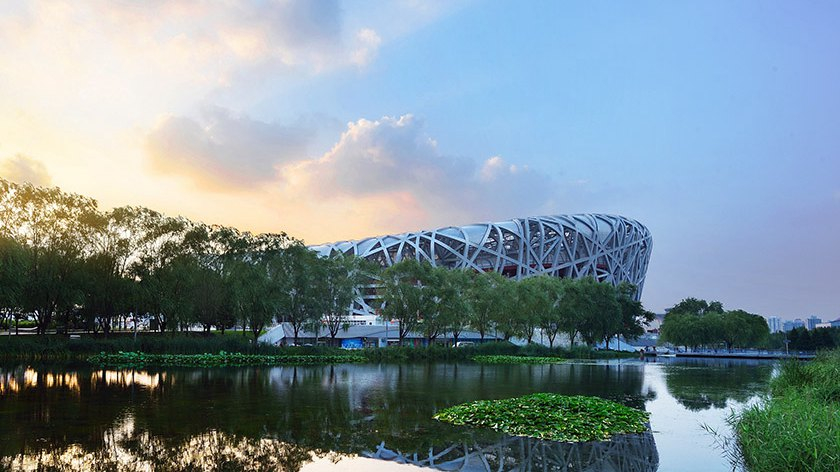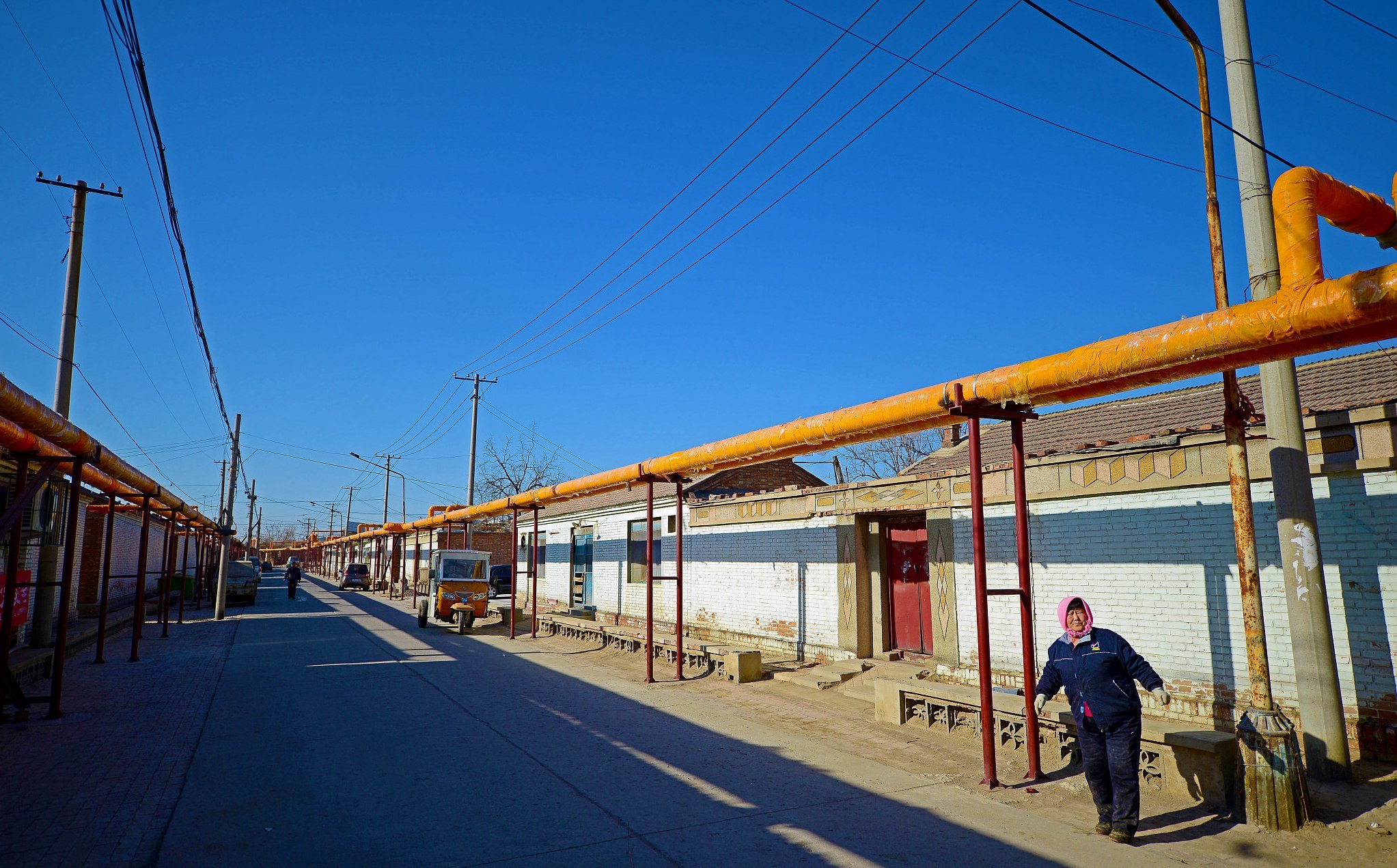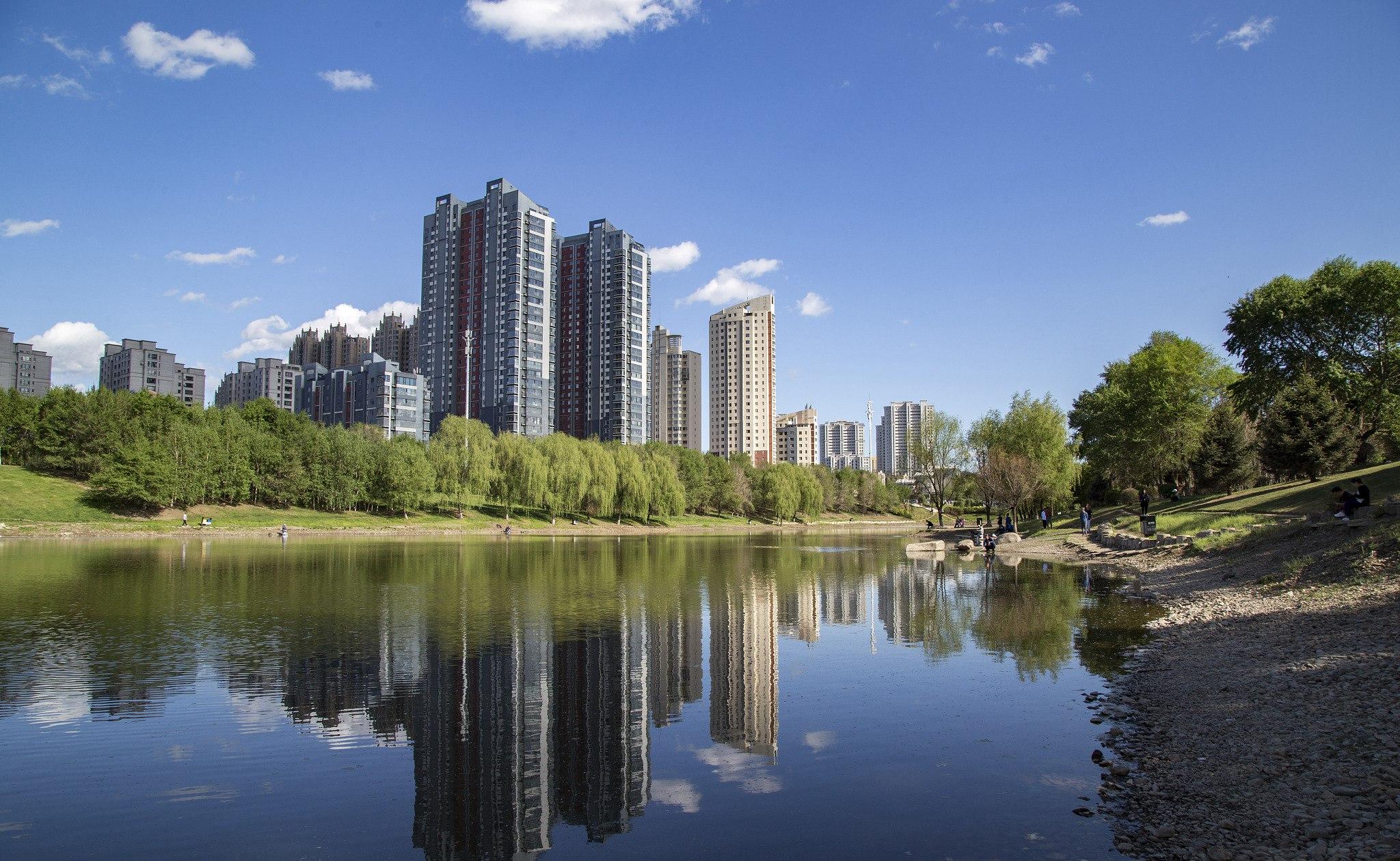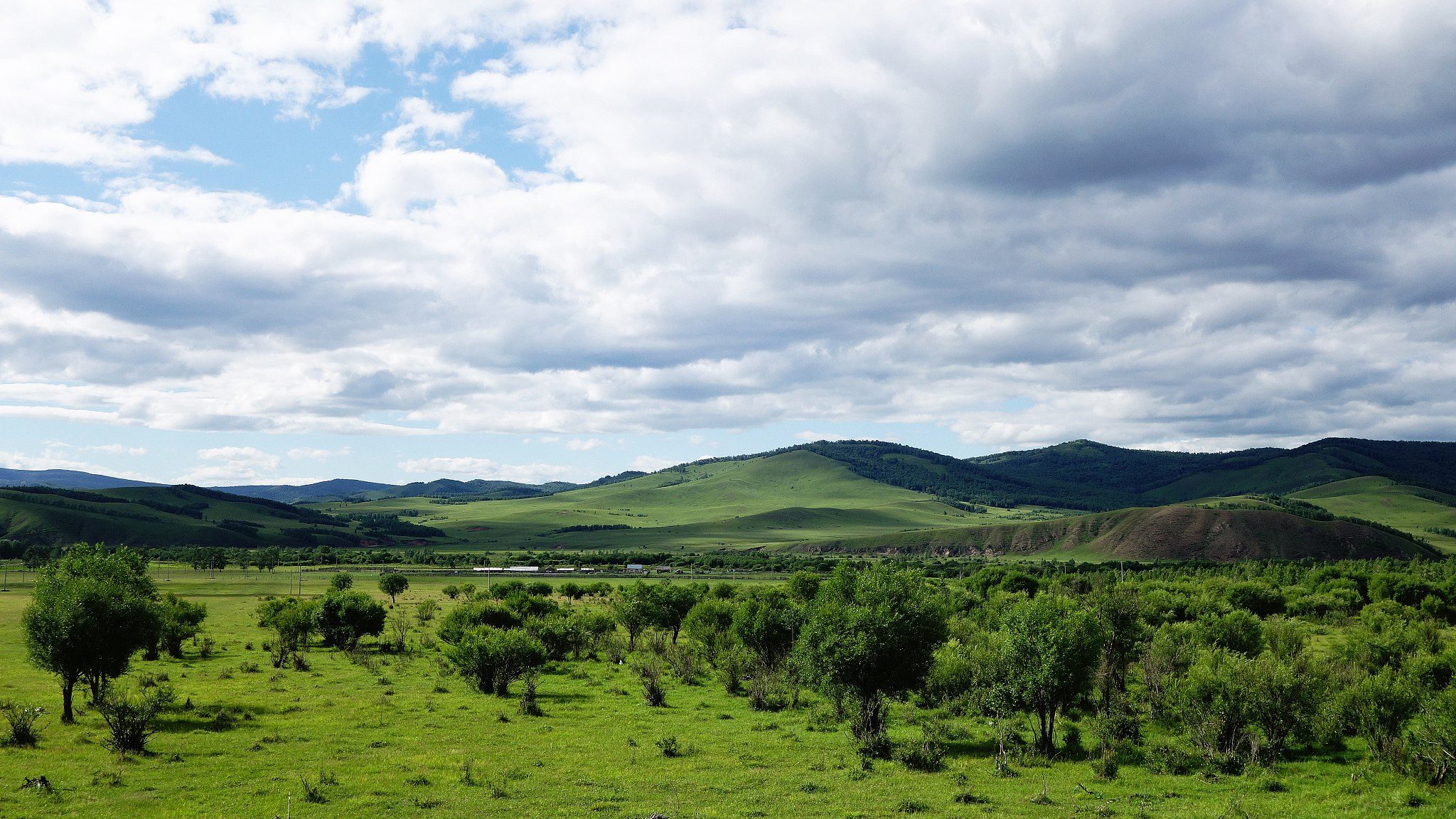
Enviro
21:15, 31-May-2018
China sees improvements in air and water quality in 2017
CGTN

In 2017, China witnessed improved air quality as 99 cities nationwide met the air quality standard, according to the Ministry of Ecology and Environment (MEE) at a regular press conference on Thursday.
A total of 99 cities among 338 at the prefecture level and above across China met the air quality standard, accounting for 29.3 percent. The proportion of days with good or relatively good air quality on average in these 338 cities reached 78 percent, said Liu Zhiquan, head of the ministry's monitoring department.

Suburban area of north China's Tianjin Municipality under blue sky after residents turned to electric heating, December 19, 2017 /VCG Photo
Suburban area of north China's Tianjin Municipality under blue sky after residents turned to electric heating, December 19, 2017 /VCG Photo
The mean concentrations of PM2.5 – one of the main culprits for haze-filled air – in north China’s Beijing-Tianjin-Hebei region, east China’s Yangtze River Delta region and south China’s Pearl River Delta region fell 39.6 percent, 34.3 percent and 27.7 percent respectively, compared with 2013 data.
For example, the mean concentration of PM2.5 in Beijing, which is 58 micrograms per cubic meter, saw a drop of 35.2 percent compared with that of 2013.

The Songhua River of Jilin City, northeast China's Jilin Province, May 18, 2018 /VCG Photo
The Songhua River of Jilin City, northeast China's Jilin Province, May 18, 2018 /VCG Photo
As for water environment, the water quality of trunk streams in the country has been steadily improving. Among 1,940 water quality monitoring sections nationwide, the ratio of good or relatively good quality stands at 67.9 percent – a slight year-on-year increase of 0.1 percent. Over 90.5 percent prefecture level and above cities have access to safe drinking water throughout the year.
Moreover, with 208 million hectares of forest and nearly 400 million hectares grassland, China has a forest coverage rate of 21.63 percent and grassland comprehensive vegetation coverage rate of 55.3 percent.

Grassland in Hulun Buir, north China's Inner Mongolia Autonomous Region /VCG Photo
Grassland in Hulun Buir, north China's Inner Mongolia Autonomous Region /VCG Photo
The press conference also briefed on China’s acoustic environment, radiation environment and climate change situation.
On the whole, China has seen further improvements of air and water quality nationwide in 2017, with soil environment risks curbed to a certain degree, ecosystem enjoying overall stability, and nuclear and radiation safety effectively guaranteed, Liu concluded.
[Top image: Beijing National Stadium, also known as the Bird's Nest, pictured on a sunny day /VCG Photo]

SITEMAP
Copyright © 2018 CGTN. Beijing ICP prepared NO.16065310-3
Copyright © 2018 CGTN. Beijing ICP prepared NO.16065310-3